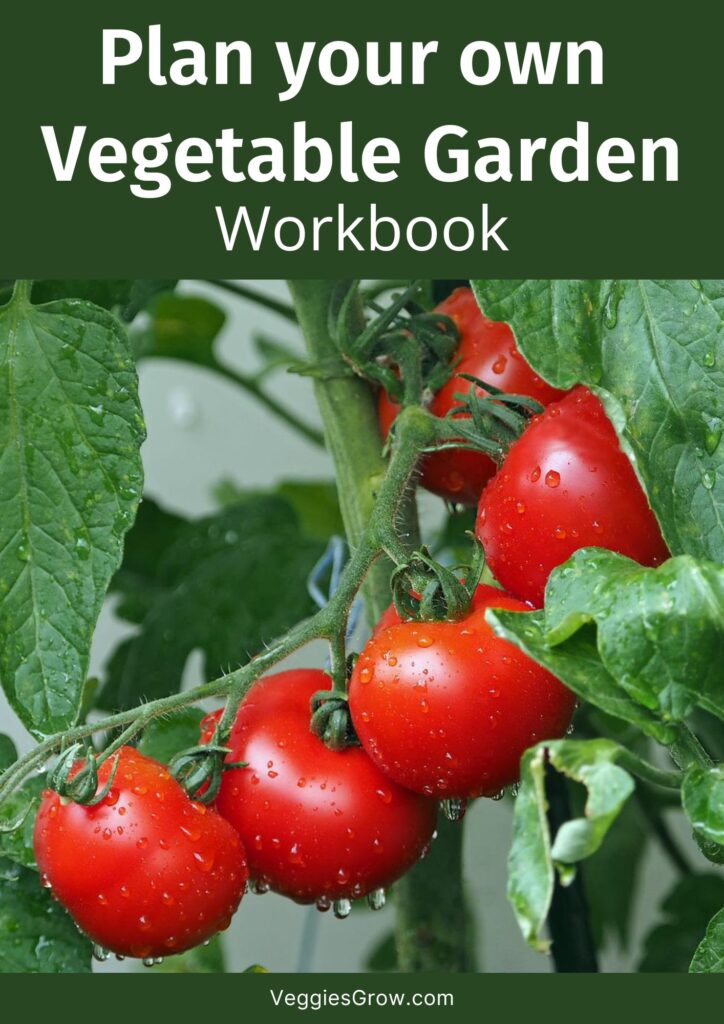“Where you plant your garden matters just as much as what you plant.”
When you’re starting a vegetable garden, one of the most important decisions you’ll make is where to locate it. You might be thinking, “I only have a small backyard (or a balcony or rooftop), so what choice do I really have?”
But here’s the thing: even within a single space, choosing the best location can make a huge difference in how successful your garden will be.
Watch the video or keep reading:
1. Sunlight
The most essential ingredient for growing vegetables? Sunlight.
Most veggies—especially fruiting ones like tomatoes, peppers, and corn—thrive with 6 to 8 hours of full sun daily.
Here’s a quick guide to what you can grow depending on the sunlight your space gets:
- 6–8 hours: Fruiting vegetables (tomatoes, peppers, squash, corn)
- 4–6 hours: Root vegetables (carrots, beets, garlic, onions)
- 2–4 hours: Leafy greens and some herbs (lettuce, spinach, mint)
tip: Observe your space throughout the day. Fences, walls, and trees can cast shadows that change over time. Choose the sunniest spot possible—even if it’s just a corner.
Too much sun? It happens! Consider using shade cloth or prioritizing areas with morning sunlight to avoid harsh afternoon heat.
2. Healthy Soil (or a Way Around It)

Vegetable plants need nutrient-rich, living soil that holds moisture but also drains well. The gold standard is loamy soil—a balanced mix of sand, silt, and clay, rich in organic matter.
But don’t worry if your soil isn’t perfect! You’ve got options:
- Add compost, cocopeat, organic matter to improve existing soil
- Use raised beds or containers
Tips: Avoid using garden soil in containers as it compacts and can harm plant roots. Use light, aerated potting soil mixes instead.
3. Drainage
Even though vegetables love water, they hate soggy soil or medium.
- Choose a location where water doesn’t collect or pool
- If needed, create a gentle slope or raise the bed to allow runoff
- Avoid planting at the bottom of a steep slope where water tends to settle
Standing water leads to root rot and weak plants, so proper drainage is key.
Steep slopes can wash away soil and nutrients, cause uneven water distribution, and leave the base soggy and muddy. If your garden is on a slope, you can work around this by installing raised beds that follow the natural incline, creating terraces to level the planting areas, or using containers placed on flat surfaces like patios or decks.
4. Water Source
As your plants grow—especially fruiting ones like tomatoes or eggplants—they’ll need regular watering. At first, a watering can may be enough but in hot weather, sometimes you’ll need to water twice a day!
Your garden should be near a water source, ideally one where you can:
- Attach a hose to water easily
- Set up drip irrigation if needed
Personal lesson learned: My first in-ground garden was 10 feet from the nearest tap, and I had to carry water in buckets. It was exhausting and not very effective. Don’t make my mistake—set up your water plan early!
5. Air Circulation
Plants need air—not just for photosynthesis, but also to prevent diseases.
- Avoid planting in spots that are too cramped or blocked by walls
- Space plants so they get airflow between them
- Watch out for wind tunnels—strong gusts can damage plants
Too much wind can interfere with pollination and dry your plants out. But stagnant, humid air encourages mildew and pests.
6. Accessibility
Even if you have perfect conditions, you’ll still need to check on your garden daily—even for just a few minutes. Early morning or late evening check-ins can make the difference between a thriving garden and one overtaken by pests or disease.
Personal Experience: When I worked full time, I kept my vegetable containers on the balcony—even though I had space in the yard. Why? Because I knew I’d be too tired to go outside every day after work. That easy access meant I could quickly water, harvest, and deal with pests in real time.
So pick a spot that you pass during your daily routine, outside the kitchen, near a door, or even on your balcony.
As you can see, a vegetable garden needs to have enough sunlight, water, air circulation, good drainage on level ground or a slight slope, and good soil to be productive. In addition, you have to be able to easily get to your garden to be able to care for and maintain it.
Selecting the best location possible for your vegetable garden even before you start will ensure that you will have the most productive garden possible using just the space, time, and effort that you can spare.
This post is part of a series of blog posts on the 7 steps of planning a vegetable garden. You can download the FREE workbook ‘Plan Your Own Vegetable Garden’, which will provide you with more information on each of these 7 steps and help you plan your own vegetable garden.



Thank you for these tips on how to choose the best place for our vegetable garden!